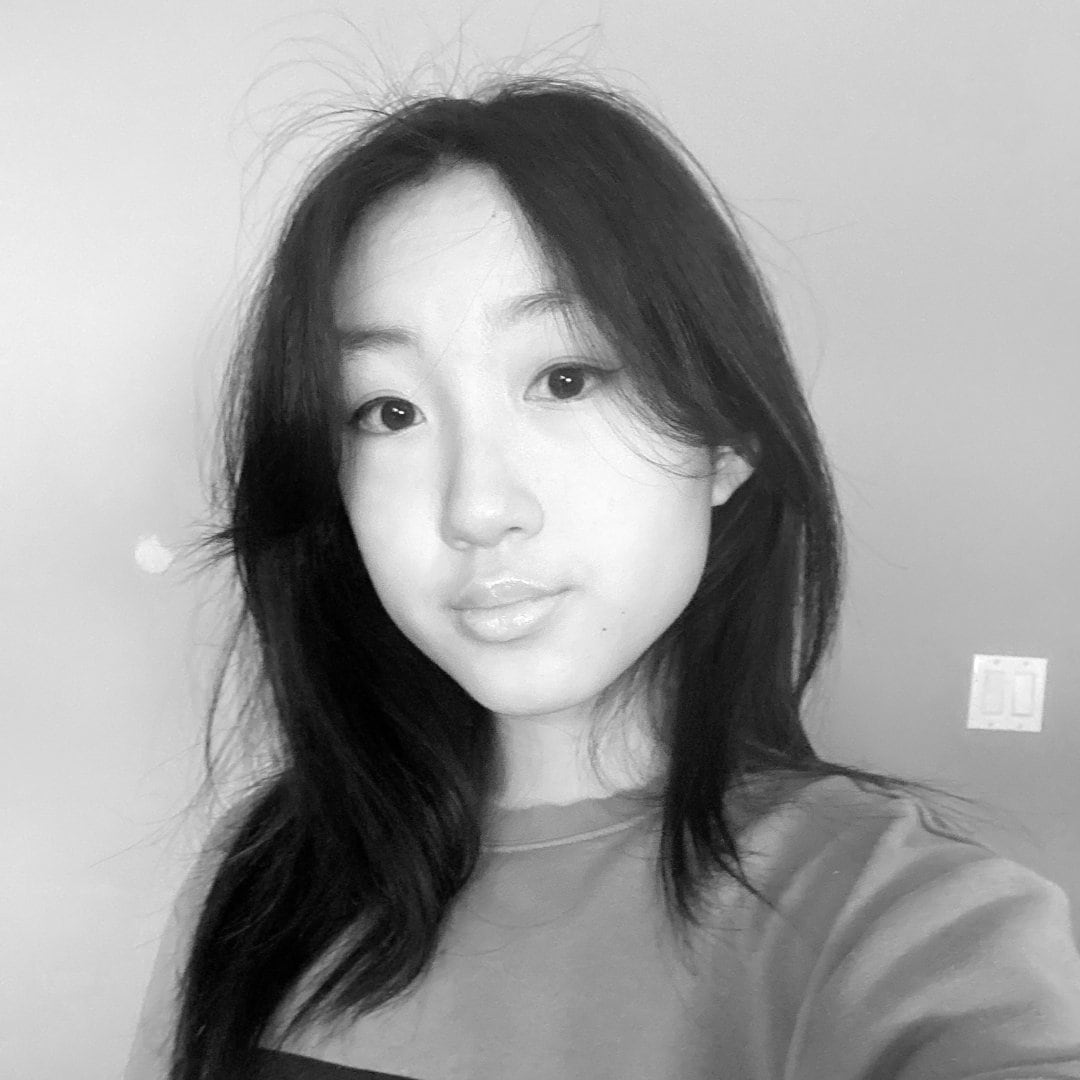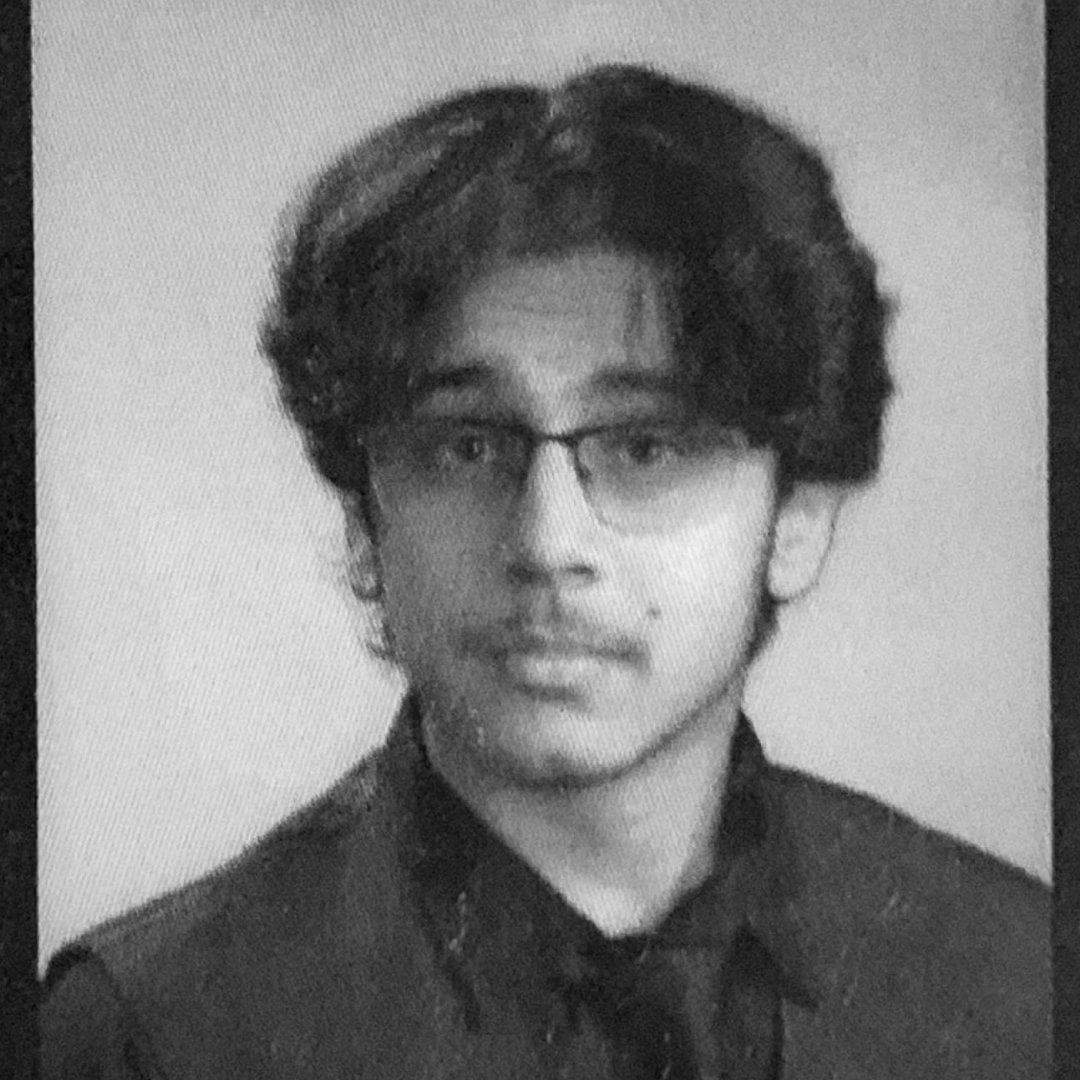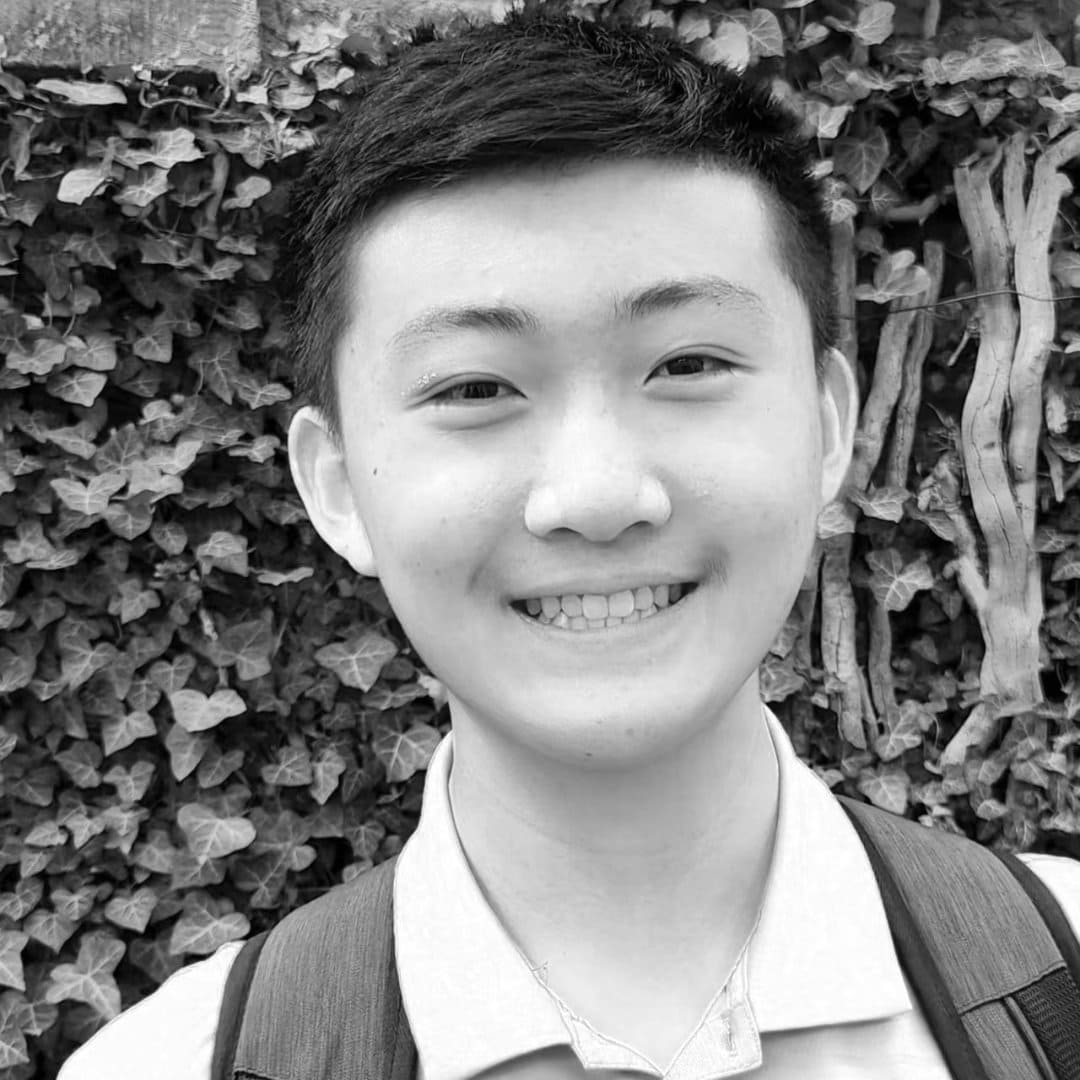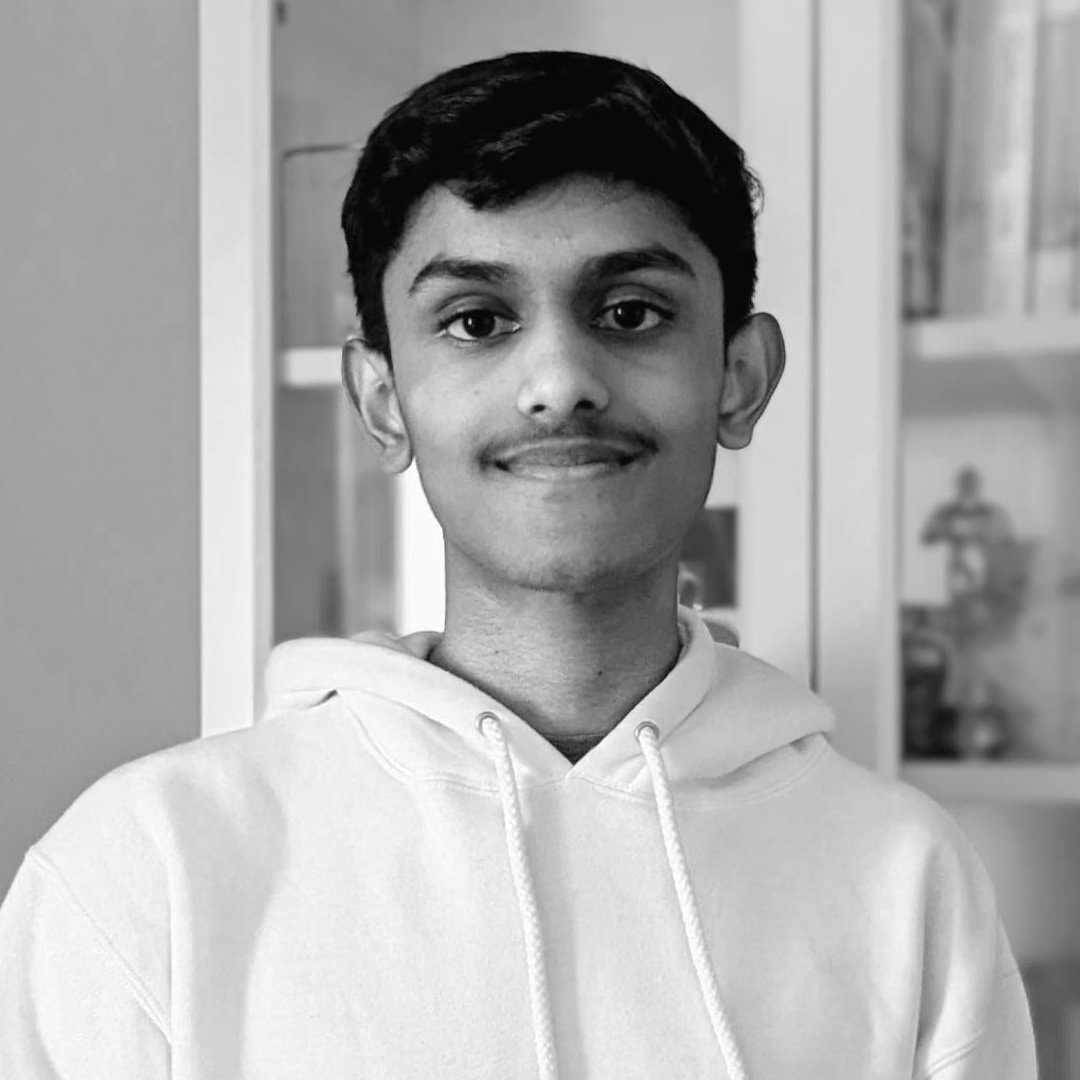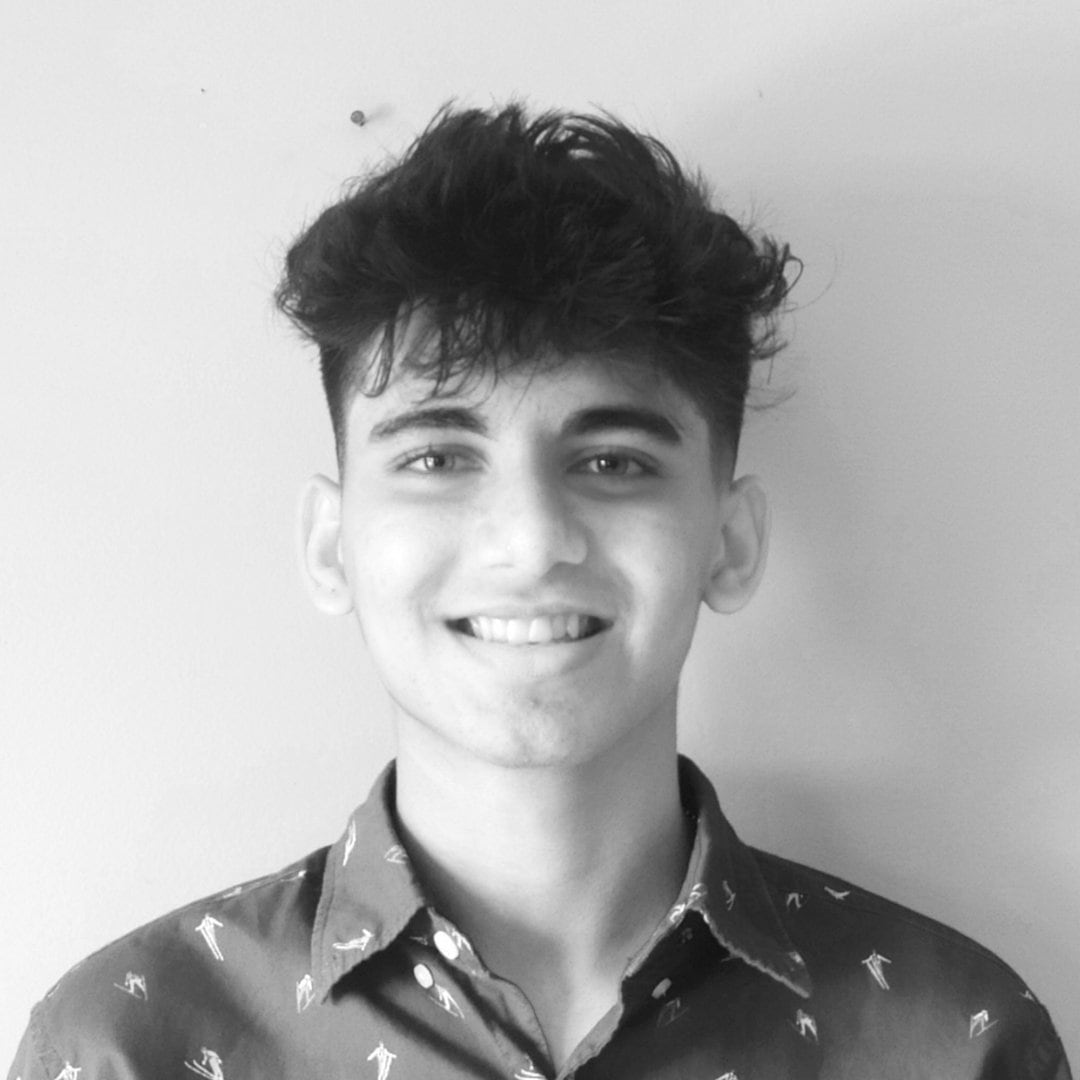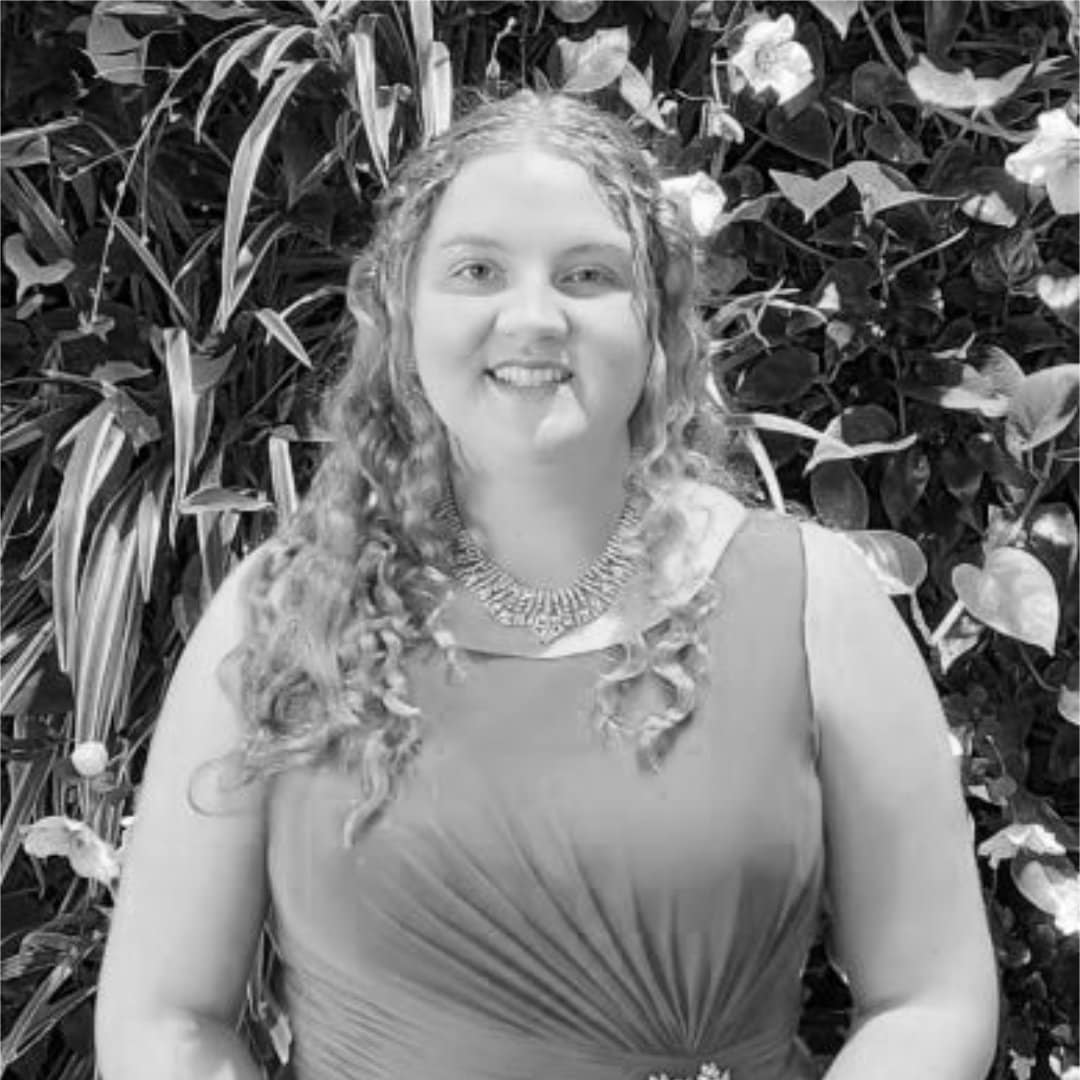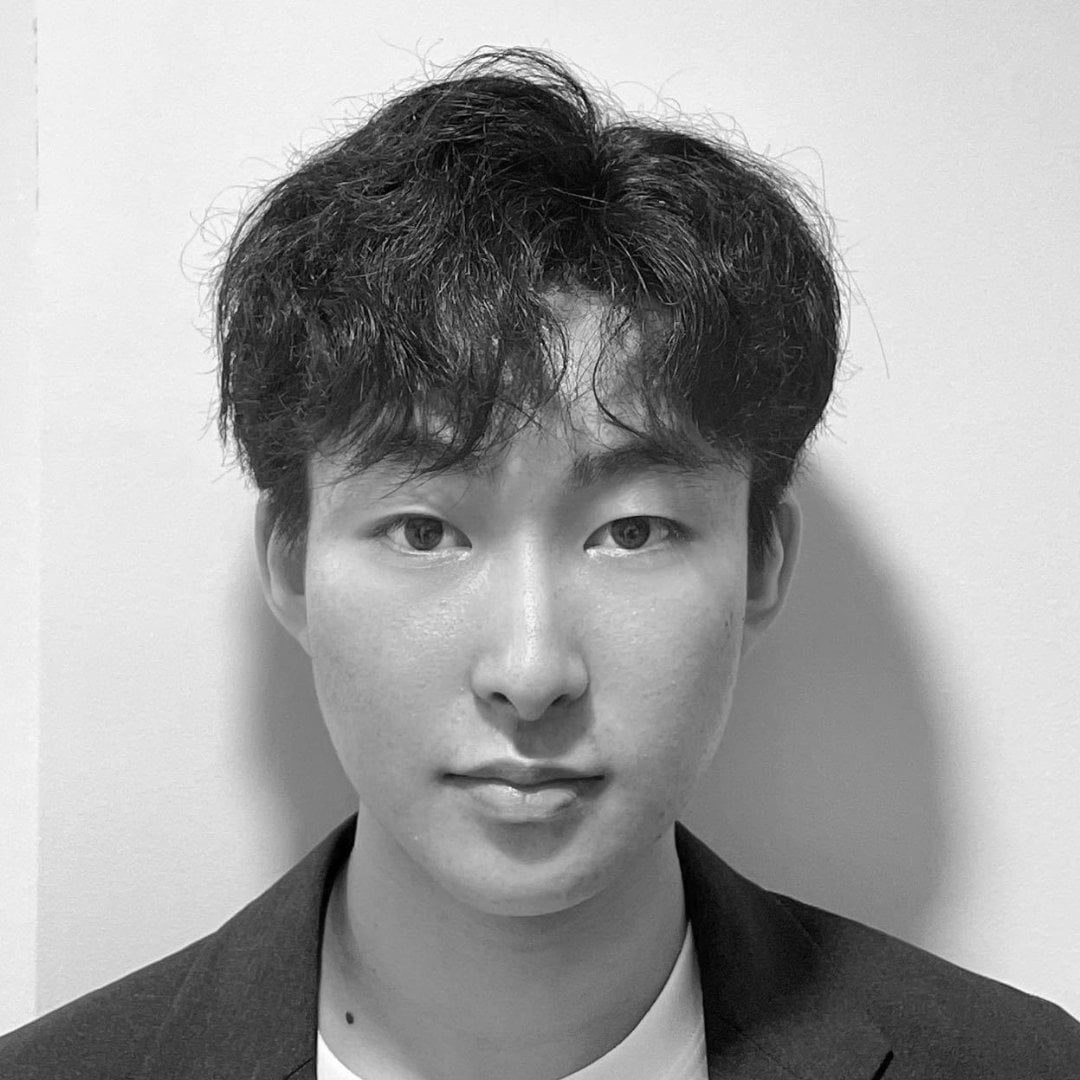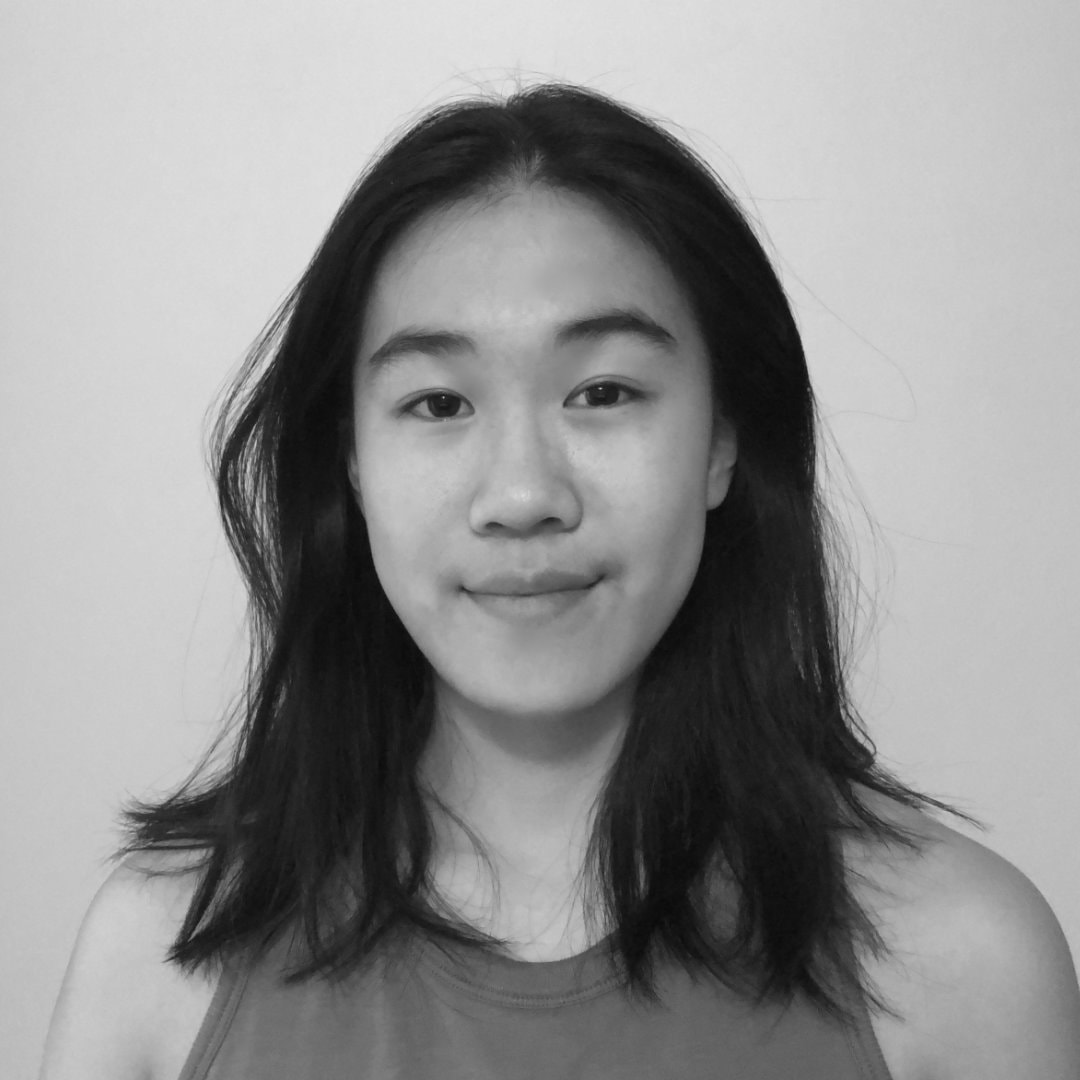Cindy Cheng
Waterloo, Ontario
Detecting hypoxia through the non-invasive monitoring of sweat lactate and tissue oxygenation
I am a 10th grade student from Waterloo, Ontario. My passions most prominently include the sciences–particularly biology and material sciences, playing instruments, and badminton. In the future, I wish to pursue an degree in the sciences and medical education to become a physician-scientist, because I wish to help others through science. As such, I enjoy developing research projects aimed towards solving problems in the healthcare industry. My inspiration for my project this year came from wanting to bridge the use of polymers and electronics to create a biomedical device. Through literature research, I was intrigued by wide variety of applications biosensors could be used for. In the future, I would love to continue to develop my innovation via larger studies or further technological development. To any students interested: I would definitely recommend participating in science fairs, regardless of your past scientific experience! Science fairs have enabled countless students to find communities of like-minded individuals and experiences to be remembered for a long time. My best advice would be to select an area of research in which you are truly passionate over one that seems more complex, and to not compare your work to that of others’.


